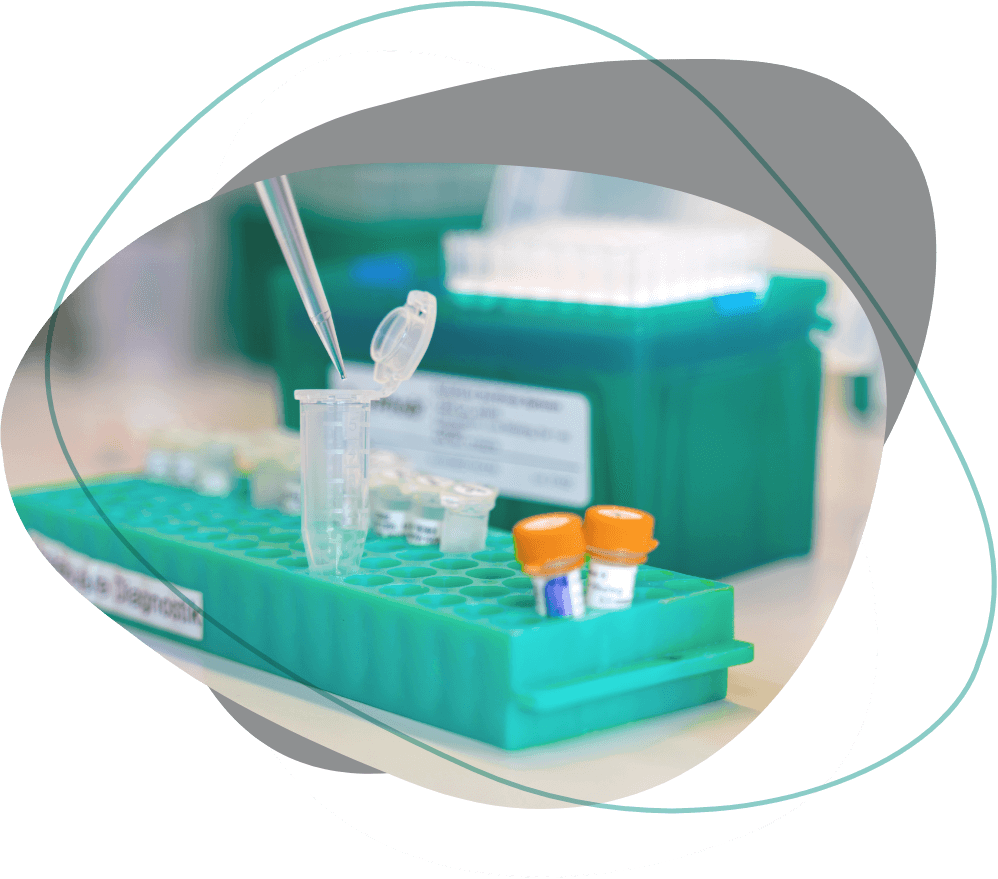
STUDIES.
SCIENTIFIC RESEARCH
IN FOCUS.

NOA-22 / RIT GBM
A Phase I Trial to Determine the Maximum Tolerated Dose and Patient-specific Dosimetry of Fractionated Intracavitary Radioimmunotherapy With Lu-177 Labeled 6A10 Fab-fragments in Patients With Glioblastoma After Standard Treatment
In glioblastoma (GBM), tumor recurrence occurs adjacent to the initial tumor resection cavity in about 85% of cases. Therefore, local treatment concepts seem crucial for effective recurrence treatment strategies. We consider locoregional, intracavitary radioimmunotherapy (iRIT) to be a new therapeutic approach to delay or prevent the development of local tumor regrowth in GBM. By applying a radioimmunoconjugate (RIC) into the surgically created resection cavity (RC) the blood-brain barrier can effectively be by-passed, allowing the deposit of high radiation doses locally while sparing sensitive organs like the bone marrow and the kidneys. LuCaFab (Lu-177 labeled 6A10- Fab-fragment) is a carbonic anhydrase XII-specific antibody Fab fragment labeled with highly pure medical radioisotope lutetium-177. Patients with GBM after standard therapy (surgery followed by radiochemotherapy concomitant and adjuvant chemotherapy) are eligible for the study. Patients will receive the calculated total doses of Lu-177-labeled 6A10-Fabs in three fractions with an interval of 4 weeks between injections, administered into the tumor cavity via an implanted reservoir. A patient specific dosing strategy will be applied and will depend on the individual RC volume. A modified 3+3 design is used. The applied dose of Lu-177-labeled-6A10Fab-fragments to the resection cavity will be escalated in three cohorts until the maximum tolerated dose (MTD) is determined. This investigator-initiated trial is sponsored by the University Hospital Münster, conducted in university hospitals in Münster, Essen and Cologne.
Study Registration Number:
NCT05533242